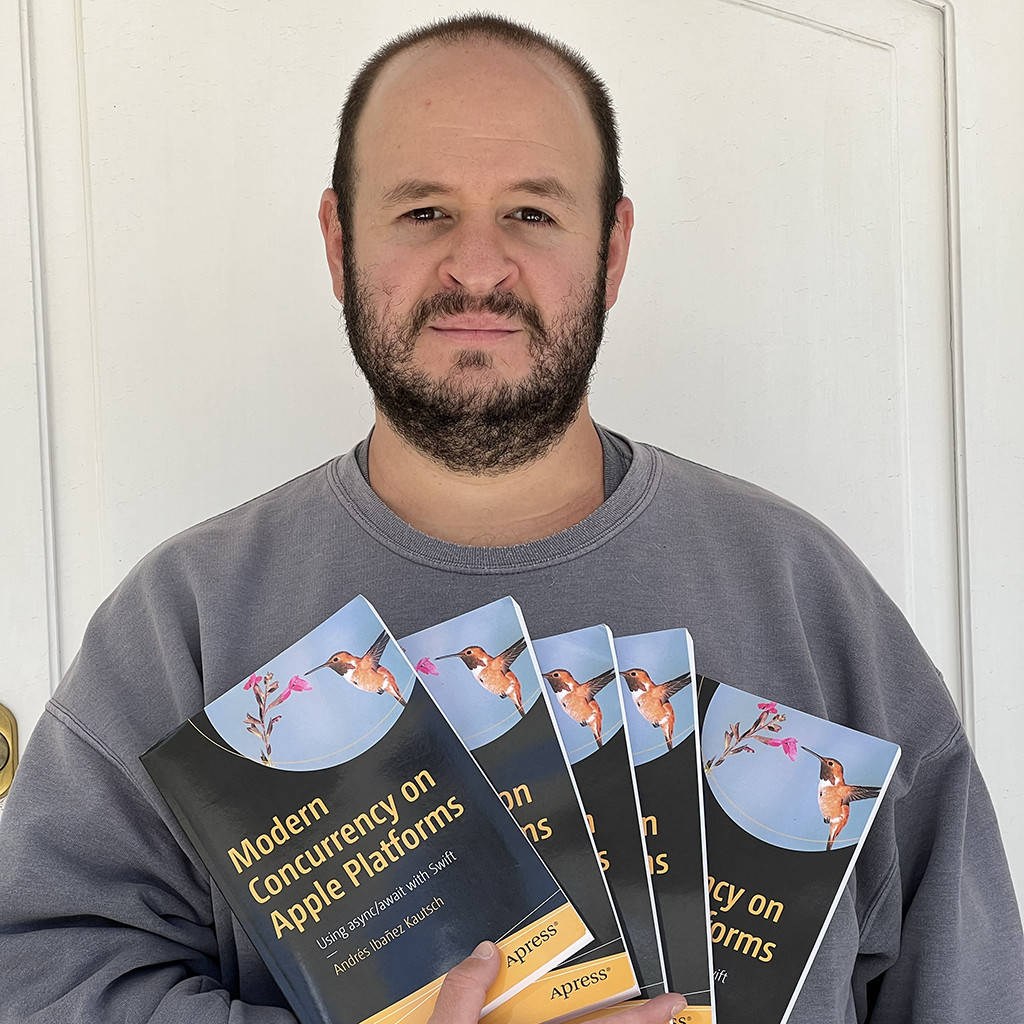Quick Introduction Reflection in Swift
Published on
If you have been programming for a few years, you have undoubtedly come across the term Reflection. This feature allows us to inspect and work with the members of a type.
if this doesn’t make sense, suppose you wanted to check what members a type has. How would you do this? Ideally you’d like to iterate over its members and print them. This is a very basic application of Reflection, but it should let think of other potential uses for it.
Introducing Mirror
Mirror is an object that allows us to inspect the members of a type - it can be class, struct, or even a protocol. It’s simplest use doesn’t give much of a challenge.
You start by creating your object:
struct Person {
let name: String
let age: Int
}
Then create an object, and reflect it:
let andy = Person(name: "Andy Ibanez", age: 28)
let andyMirror = Mirror(reflecting: andy)
andyMirror.children.forEach {
print("Member: \($0.label)")
print("Value: \($0.value)")
}
The above code would print:
Member: Optional("name")
Value: Andy Ibanez
Member: Optional("age")
Value: 28
We iterate over each property, and print its value.
Conclusion
Reflection is a very interesting feature that allows to create some sort of meta-programming in Swift. While not applicable to many use cases, it’s important to be aware of its existence.
